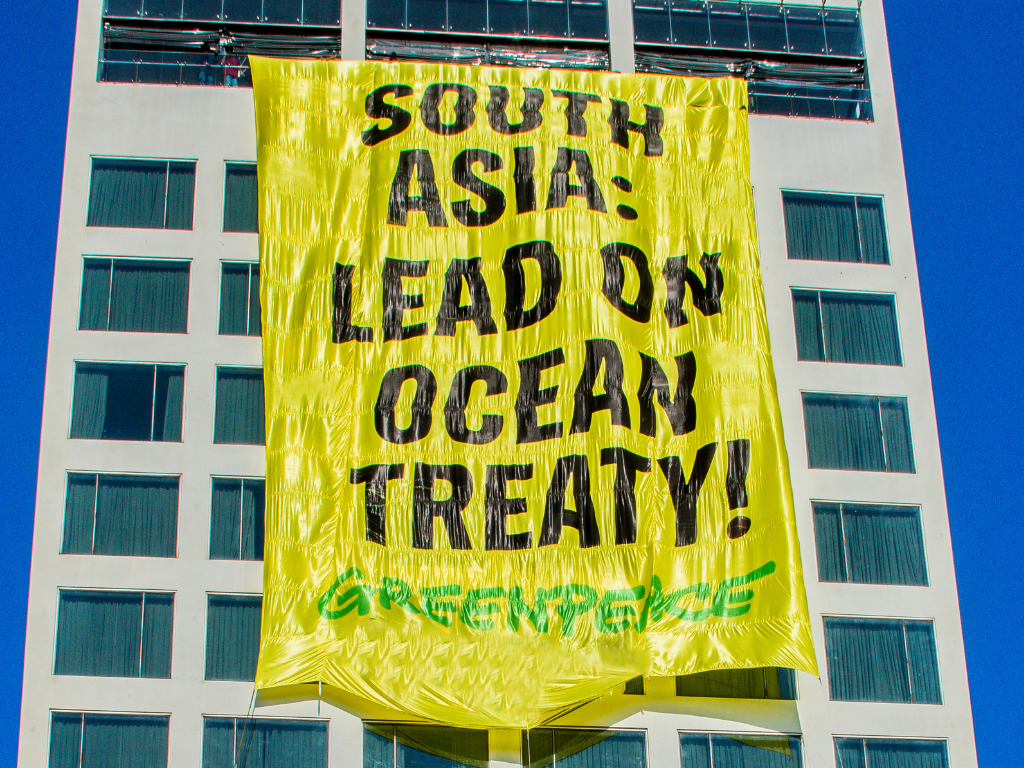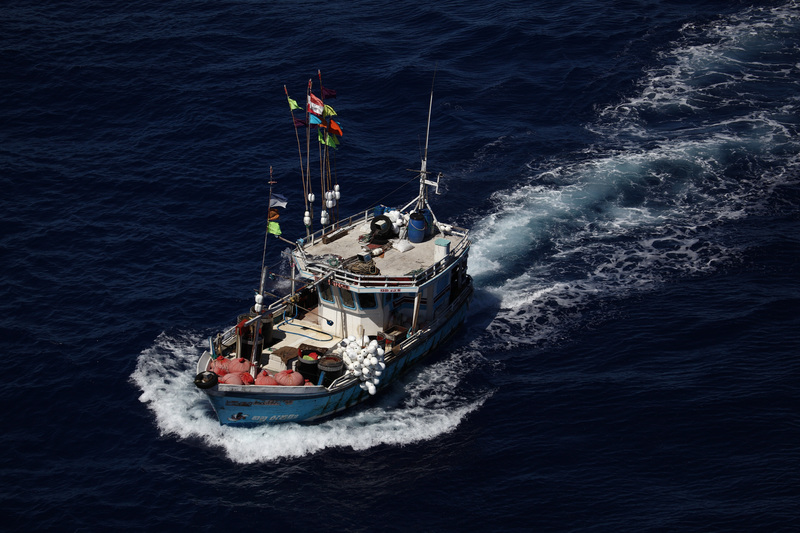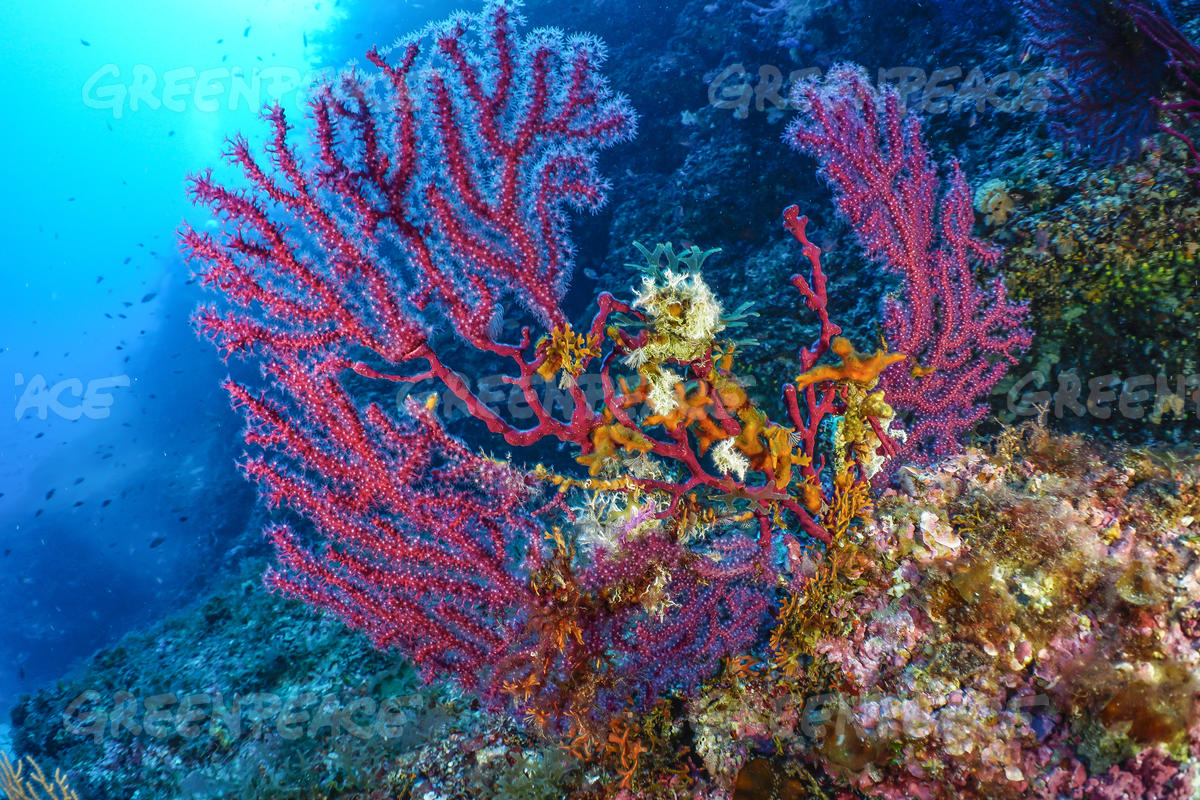The world of the mangroves where nature thrives in harmony, offers a sanctuary for life both above and below the water. These forests pulse with life, where towering trees stretch over shimmering waters, their roots twisting into natural sanctuaries. These intricate ecosystems are biological marvels, finely tuned to thrive in some of the most challenging conditions on Earth. Every component contributes uniquely to the balance of life here, from the rich birdlife to the dense, twisting roots. Beneath this beauty, yet, is a world of surprising adaptations that enable mangroves to survive and thrive in the regions where land and sea meet. Delving deeper, we find that mangroves are resilient in addition to being just picturesque.
Scientifically speaking, they are highly adapted salt tolerant plant communities that grow at the brackish water intertidal zones of the estuaries and lagoons of tropical and subtropical regions. These trees have highly developed morphological and physiological adaptations to withstand extreme intertidal conditions of high salinity, muddy and anaerobic soils, high temperatures and extreme tides. Some of these adaptations include, having thick cuticles in the leaves, prop roots and stilt roots which support the vertical growth of the trees in the marshy soil, salt secreting glands present in the leaves which secretes the unnecessary salts accumulated in the tree, seeds which germinate while the fruits are still attaching to the mother trees, having adapted tactics for the dispersal of fruits and seeds, and upward growing aerial breathing roots which help the root system to absorb atmospheric air.
Mangrove forests, living at the intersection of land and sea, form dense mazes of prop roots which stabilize coastlines and are well adapted to the daily rise and fall of tides. Mangrove forests in South Asia occur along the tidal sea margin of Bangladesh, India, Pakistan and Sri Lanka. According to scientific studies, these forests in South Asia cover an area of approximately 1,187,476 hectares, which accounts for 7% of the global total – hosting 42 species belonging to 22 genera. Yet despite their importance, in recent decades, mangrove forests have faced dramatic loss due to rising temperatures, pollution, over-exploitation, deforestation, and the increasing demand for land conversion to agriculture, industrial production and urban settlements. Studies have shown that since the 1980’s, up to 35% of mangrove cover has been lost mainly due to coastal development activities. Also between 1996 and 2020, the total mangrove cover, originally spanning 152,604 km², experienced a net loss of 5,245 km² (3.4%) decrease, with the spread of shrimp farming being a significant contributor. The mangrove forests sustain the life and livelihood of coastal communities. Yet human activities continue to threaten their existence.
Here are the five reasons why safeguarding mangroves is crucial for the future of our world.
1. Biodiversity Conservation
Mangrove forests are the most productive marine ecosystems on Earth, providing unique and ideal habitats for fish, crustaceans and other organisms seeking food and shelter. These provide food, breeding and nursery grounds for varieties of terrestrial and marine organisms including many commercial fish, crustacean species and molluscs. The mangroves support an exceptional level of biodiversity in both terrestrial and marine environments. Trees provide nesting and breeding grounds for a variety of birds, including migratory species, while the muddy swamps offer essential habitats and feeding areas for water birds. In some areas of the region, mangroves support significant populations of globally endangered mammal species. For example, the Sundarbans mangroves are home to endangered cat species like the Royal Bengal Tiger.
2. Natural Coastal Defence
Living in a South Asian country makes us prone to natural disasters such as storm surges, tsunamis, erosion, and sea level rise. Is our shoreline safe or at risk? Do we have an enough Mangrove extent to withstand strong waves?
The dense and complex aerial root systems and branches of mangroves play a crucial role in coastal protection. They help attenuate waves, slowing down water flow and allowing sediments to settle instead of eroding due to sea level rise. During events like tsunamis and cyclones, the thick aerial roots and canopies may further obstruct water flow, reducing the risk of damage.
Wider mangrove areas may reduce storm surge flood levels, while tighter belts of mangroves can still lessen the effects of strong waves and high wind speeds that occur during significant storms.
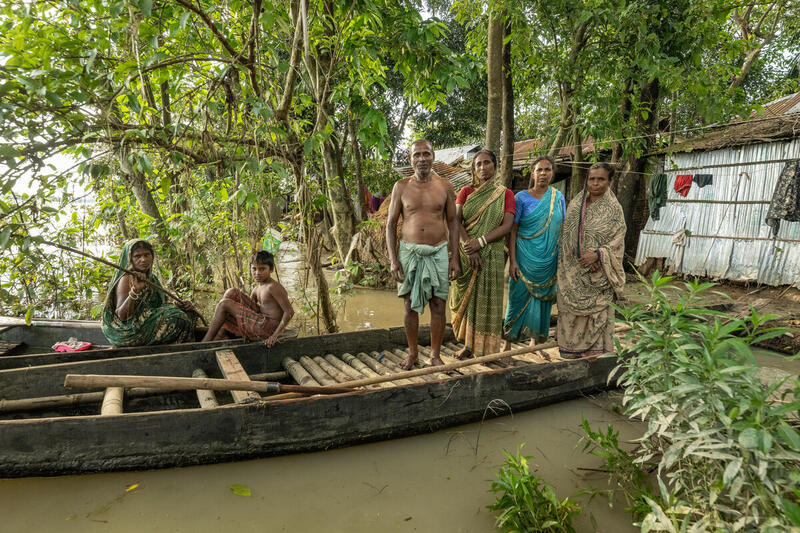
3. Climate Change Mitigation
Beyond their enormous importance in protecting coastal populations from tropical storms and floods, providing ideal nursery grounds for commercial fish, crustacean and bivalve species, mangroves have been identified as an important ecosystem for battling climate change by forming an extensive carbon sink, which stores an average of 394 tonnes of carbon per hectare, an estimated 6.23 gigatonnes of carbon worldwide – according to global statistics.
They sequester up to four times more carbon than trees grow on land, given the way their roots hold onto carbon-rich organic matter in the saturated intertidal soils.
Due to their immense ability to store carbon and serve as a buffer against extreme weather events, they are crucial for maintaining global climate stability and safeguarding coastal communities, fulfilling global climate commitments, like those in the Paris Agreement.
4. Economic Benefits
Livelihood Opportunities for Coastal Communities/ Encourage Eco-Tourism
Healthy mangroves host an array of commercially exploited fish, shellfish and crustacean species – providing direct fishing jobs, supporting eco-tourism, and other livelihoods such as fish processing, fuelwood collection and mangrove beekeeping (which encourage local populations to conserve mangroves). The fish, shellfish and food sources obtained from mangroves play a vital role in the food security and local economies of nearby communities.
Locals collect plant extracts for their medicinal properties, while the leaves of the mangrove trees are used as fodder for animals.
Also, sustainable tourism practices provide a motivation to preserve existing mangrove areas, with potential to generate income opportunities for local communities. Eco-tourism may be the ideal motive to preserve mangroves rather than destroying them for mass tourism projects, if it is managed at sustainable levels.
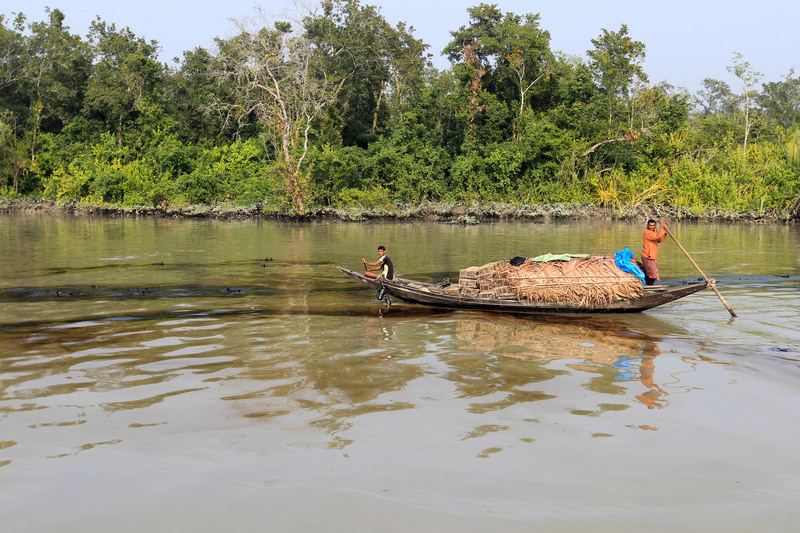
5. Water Quality Improvement
Mangroves can be extremely important in trapping and holding sediments, facilitating the formation of new habitats. This process may ensure that nearby offshore waters are clearer, enabling seagrass and coral reefs to thrive healthy, thereby supporting biodiversity and local communities that rely on clean water and small-scale fishers that depend on harvest from these ecosystems.
The story of mangroves should continue as it began – a world of mangroves, where nature thrives in harmony, offering a sanctuary for life both above and below the water and our shorelines protected and resilient…. No destruction. Peaceful and Calm!
To make it a reality, this story must continue with our commitment to preserve these vital ecosystems – to safeguarding our coasts, to support biodiversity and secure a sustainable future for generations to come. Let’s act now to safeguard our mangroves and the invaluable benefits they provide to us.
References:
https://www.globalnature.org/en/mangrove-and-coastal-protection
https://www.researchgate.net/publication/334967285_Mangrove_Biogeography_of_the_Indo-Pacific
Brander, L.M., Wagtendonk, A.J., Hussain, S.S., McVittie, A., Verburg, P.H., de Groot, R.S. and van der Ploeg, S., 2012. Ecosystem service values for mangroves in Southeast Asia: A meta-analysis and value transfer application. Ecosystem services, 1(1), pp.62-69.
Saenger, P., Ragavan, P., Sheue, C.R., López-Portillo, J., Yong, J.W.H. and Mageswaran, T., 2019. Mangrove biogeography of the Indo-Pacific. Sabkha Ecosystems: Volume VI: Asia/Pacific, pp.379-400.Curnick, D.J., Pettorelli, N., Amir, A.A., Balke, T., Barbier, E.B., Crooks, S., Dahdouh-Guebas, F., Duncan, C., Endsor, C., Friess, D.A. and Quarto, A., 2019. The value of small mangrove patches. Science, 363(6424), pp.239-239.

